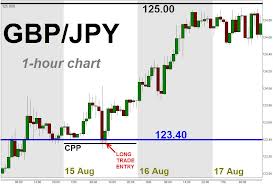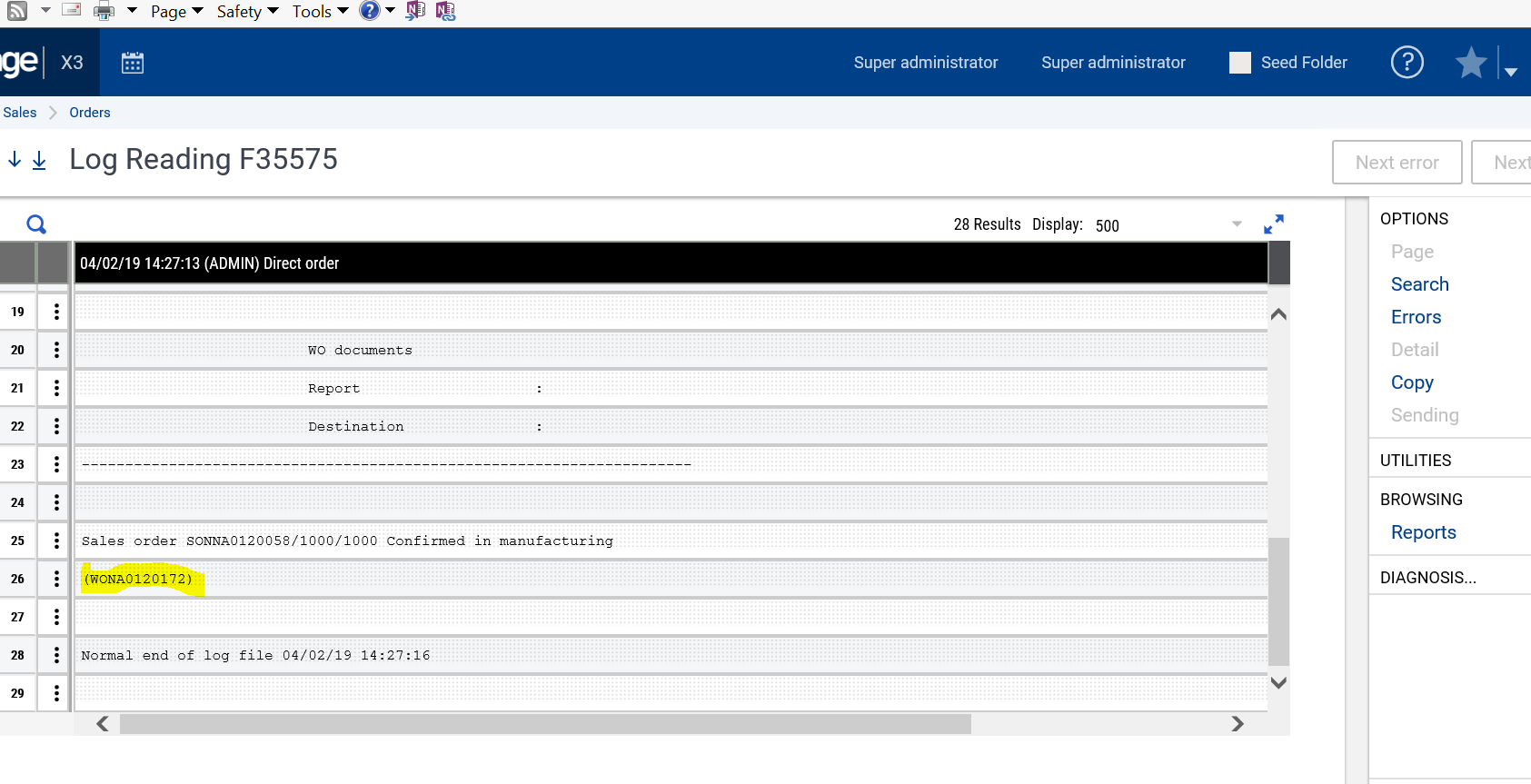

If your customer base is strong enough to support consistently backordering, you can save a lot of money on storage costs. Real or perceived scarcity increases the value of remaining stock, which in turn leads to higher prices. This is pretty basic economics, when demand is high and supply can't keep up, the value of that supply increases. Here are a few reasons a business will use backordering:

These items can help a business grow their sales and satisfy customer needs. Though mistakenly viewed by some as a negative thing, backordered items actually have many benefits to a business and are often part of a larger warehouse and distribution business plan. Once a time frame is established, that item is considered on backorder.


Only the manufacturer and shipper would be able to provide a time frame for out of stock items. An item that is out of stock could be suffering from production issues, be lost in transit, or there simply could not be enough to meet demand. Out of stock is not interchangeable with the term backorder as it does not have a set timeframe for resupply. What Does Out of Stock Mean in Terms of Time? Or, the in-stock items are held until the backordered items are ready, and they all ship together. The in-stock items are shipped immediately and the backordered items are sent once they come off backorder. Think of a kitting process that has one of its components missing. Partial BackorderĪ partial backorder occurs when only part of an order is not in stock. This means backorders could be processed anywhere between a week from ordering and a few months. How Long Does Backorders Take?īackorder length depends on many factors including demand, supply, cycle inventory or manufacturing inventory problems, and bulk shipping issues. If you have too much back inventory, it's probably time to look at inventory reduction. Most businesses that run on a normal inventory model will have some amount of back inventory. Back Inventoryīack inventory is synonymous with back stock and refers to inventory that sits in the warehouse waiting to be sold. Back stock is more akin to safety stock and sits in inventory until a customer purchases it. Though the term seems like it would be synonymous with back order, it is very different. What Is Back Stock?īack stock is unsold stock remaining in storage. Most consumers understand these terms to mean that their order was accepted, but will not ship for a given amount of time. The most used terms include out of stock, depleted, non-stocked, or awaiting shipment. There are many ways commonly used to refer to backorders, though some terms do not have exactly the same in meaning. There is also the term back-order, which is the verb form meaning to assign a product as backordered. Dictionaries like Merriam-Webster generally argue that it's two words, but both are used often. Backorder or Back Order?īoth backorder and back order are acceptable forms of the term and are used in inventory management. Once the product does arrive, you can immediately send it on to the final destination. Managing backordered inventory requires getting an estimated arrival date from your suppliers and keeping your customers informed. This gap between what you have as merchandise inventory, work in process inventory, and raw materials inventory and your sales leads to backorders. Within inventory management, backorder can be defined as inventory that has been sold but has not yet arrived in your inventory.
#BACK ORDERS DEFINITION HOW TO#
How to Define Backorder Within Inventory Management The part of a supply chain most impacted by backorders is the business-to-customer portion as they are the last to touch the product. This effect becomes more pronounced the further from the problem one gets. Backordered items can slow down the entire supply chain depending on where the issue is. Within the supply chain, a backorder is a good that is not readily available, but expected to continue passing through the chain at a given date.


 0 kommentar(er)
0 kommentar(er)
